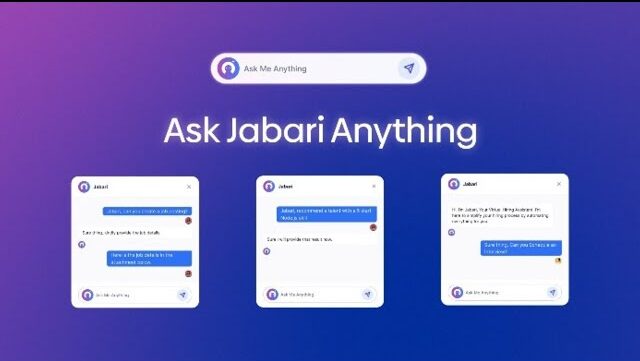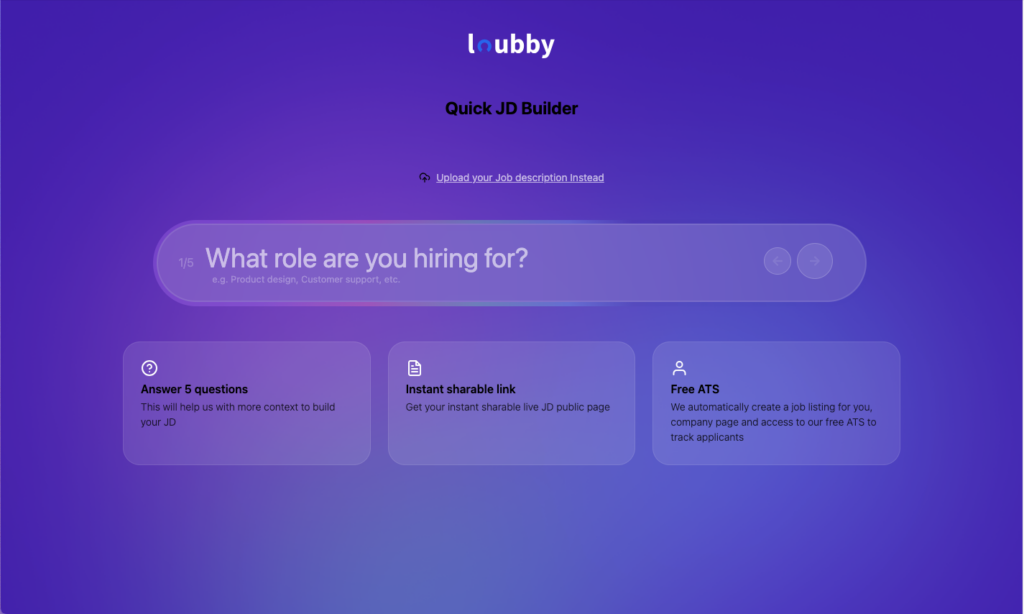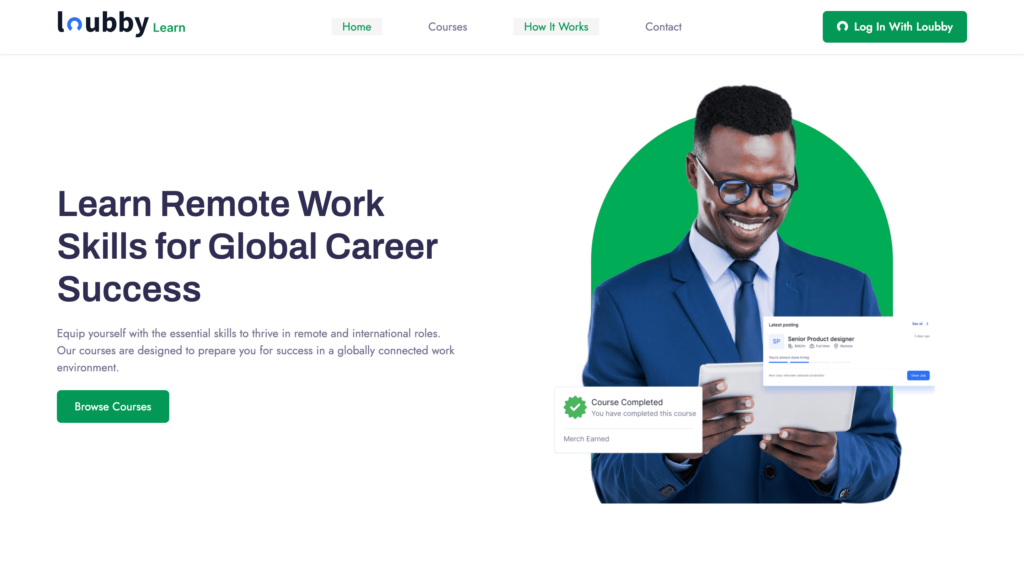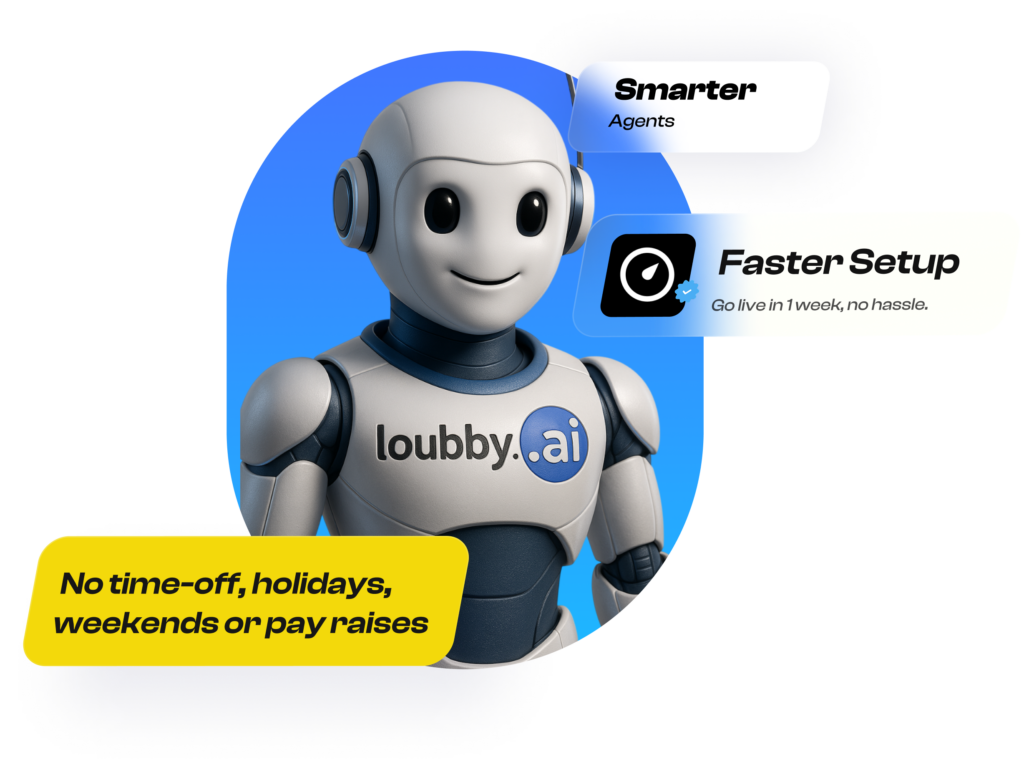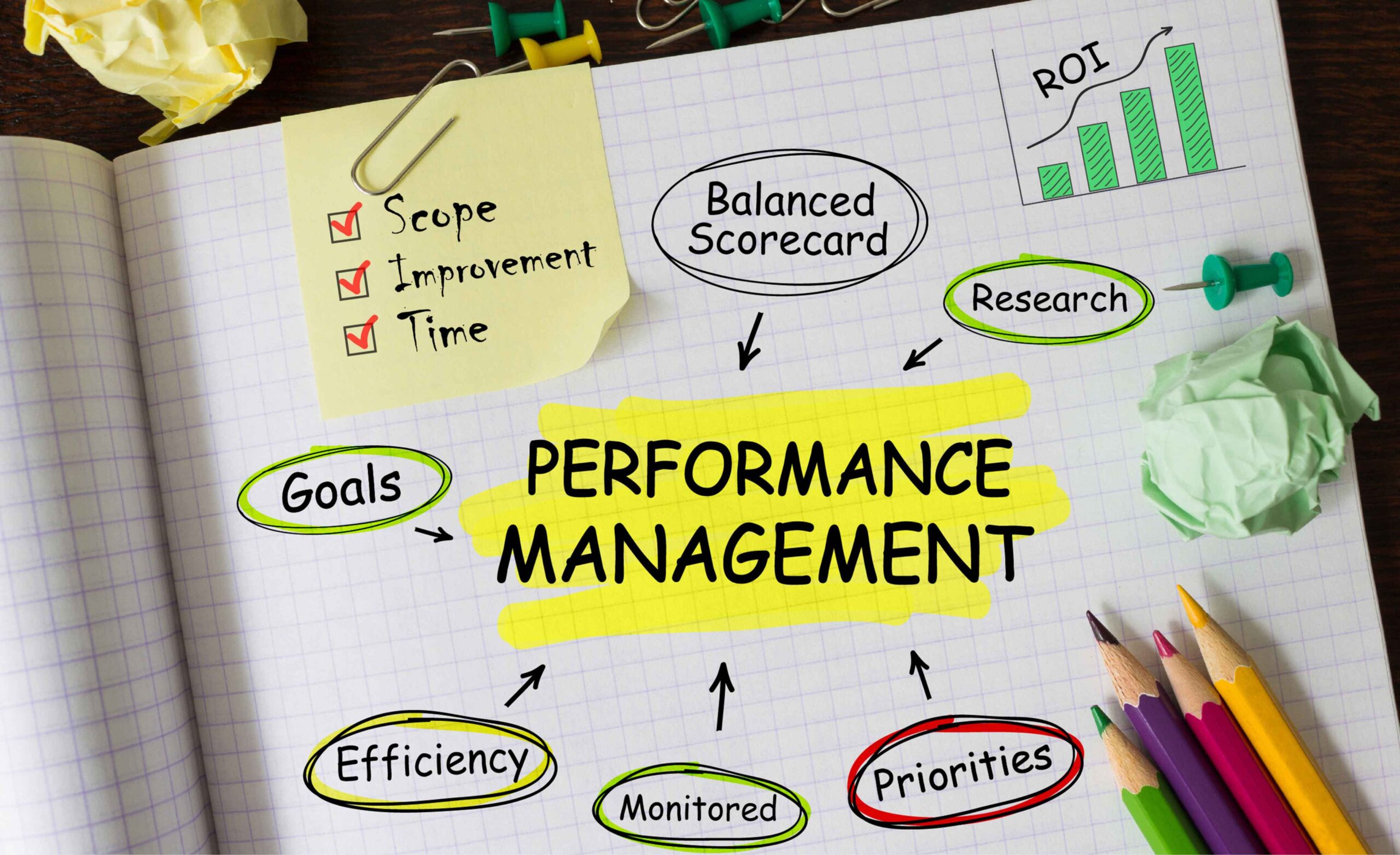Annual performance reviews have long overstayed their welcome in many organizations. They were built for a slower, more predictable kind of workplace, where roles stayed the same for years and feedback could afford to wait. But things have changed. Teams now move faster, responsibilities shift often, and expectations evolve almost overnight. The traditional performance management system no longer fits this pace.
The once-a-year performance review, with its rigid structure and delayed feedback, is no longer useful. Employees aren’t looking for scores on a spreadsheet or comments that come long after the moment has passed. What they want is immediate feedback, useful coaching, and clear steps to grow in their roles. They want to feel seen, heard, and guided, not judged with outdated metrics.
Managers, on their part, are often stuck in an awkward position, forced to squeeze a year’s worth of feedback into a 30-minute meeting. It becomes a box-ticking routine instead of something meaningful. People leave those sessions more confused than encouraged. No one grows from a once-a-year check-in that doesn’t speak to the work they’re doing today.
What they need is a better management performance system, one that matches how people actually work now. A system that speaks to their everyday efforts, supports their growth, and aligns with real business goals. This blog offers a practical structure that organizations can use to build a more useful performance management system.
What Continuous Improvement Means in Performance Management
Continuous improvement is the idea that performance is not a fixed point. People don’t grow once and stop. They learn, make mistakes, get better, and keep moving. This thinking applies to how people work and how their performance is managed. Instead of waiting for one day in the year to talk about progress, a better approach is to create space for regular feedback, small adjustments, and steady development.
In the workplace, this mindset brings real value. It helps teams stay sharp and flexible. When people receive regular feedback, they understand where they stand and what to do next. It builds a culture where learning is active, and growth is continuous. This kind of system creates room for agility and quick responses to changes. It encourages accountability, which means people take responsibility for their growth. It supports adaptability, that way teams don’t get stuck in one way of doing things. Everyone becomes more aware of how their work connects with the bigger goals.
Traditional performance reviews, on the other hand, are static. They freeze time and try to assess a whole year’s effort in one meeting. It leaves too much room for confusion, delay, and missed opportunities to guide or support people. A continuous system works differently. It is always in motion. It focuses on people, not just numbers. Feedback flows naturally and often. Conversations around growth become normal, not stressful events people dread. The whole process feels more human, more grounded in day-to-day work, and more useful to everyone involved.
Core Elements of a Modern Performance Management System
A proper performance management system today is flexible. It allows space for growth and regular connection. It gives people a clear sense of direction while still leaving room to adjust. Below are key parts that make such a system work.
a. Goal Setting That Evolves With the Business
As work shifts, goals should move with it. That’s why dynamic goal-setting models like OKRs (Objectives and Key Results) and SMART goals are now more useful than fixed yearly targets. They help teams stay connected to real priorities, not outdated plans.
Goals work better when they are not handed down like orders. People should be involved in setting their goals. This way, they take ownership. When goals are agreed on together, there’s more commitment. And if along the line something changes, maybe the business focus shifts or a new challenge shows up, it’s okay to pause and make adjustments midway. That flexibility keeps everyone focused on what matters right now.
b. Regular Check-Ins vs. Annual Reviews
Instead of waiting till the end of the year to ask, “How are you doing?” check-ins give people a chance to talk often. These can be weekly, every two weeks, or once a month, depending on the pace of work. The important thing is the rhythm.
Check-ins allow managers and team members to stay on the same page. There’s less guessing. People don’t feel blindsided during appraisals, and feedback doesn’t pile up. These sessions can be short, just time to reflect on what’s working, what’s not, and what to adjust.
c. Real-Time Feedback Loops
Feedback should be part of everyday work. The best feedback is the one that comes when it’s still fresh. Let’s say something went well or poorly on a Monday, talk about it that same week, not three months later. That way, it sticks and leads to action.
The kind of feedback that works best is clear, specific, and two-sided. It’s not just one person talking and the other listening. Everyone has a voice. Models like SBI (Situation-Behavior-Impact) help people explain what happened, what was noticed, and why it matters. Another simple approach is “Start-Stop-Continue,” where you talk about what someone should start doing, stop doing, and continue doing. These help keep feedback practical and easy to act on.
d. Coaching and Skill Development
Good performance systems help people grow. Instead of criticising mistakes, they ask: “How can we support you to do better?”
That’s where coaching comes in. Coaching is different from giving instructions. It’s about guiding people, listening to them, and helping them find answers themselves. This is stronger when tied to a development plan, something that outlines what skills to build and how to get support.
Mentorship also plays a big role here. Having someone more experienced to talk to, ask questions, and learn from can change how fast someone grows. When people know they are being invested in, they tend to bring more of themselves to work.
e. Performance Insights That Matter
Looking at performance through the right lens is key. Time spent at a desk doesn’t always reflect value. What matters more is progress toward goals, how people apply their skills, and what kind of impact they bring to the team or customers.
Modern tools make this easier. Dashboards, for instance, can give real-time snapshots of goals, feedback, and skill gaps. KPIs, if chosen wisely, help track progress without making people feel like they’re under pressure just to tick boxes. Feedback tools collect comments from peers, clients, and managers to give a fuller picture of performance, not just one person’s opinion.
Simple Tech Tools That Can Help
Platforms like Loubby AI offer built-in features for check-ins, performance tracking, and feedback. You can set goals, measure progress, and track growth all from one place. As an employee, you can even ask for feedback from your teammates or manager with Loubby AI.
Track growth with data, not just memory
One thing teams need to stop doing is waiting till year-end before discussing performance. By that time, everybody has forgotten half the things they worked on. A proper system should allow you to track progress little by little. Even better if it gives a visual overview, so you can see trends, not just one-time results.
Bring everything into one system
Instead of using one tool for recruitment, another one for attendance, and yet another for performance, you can bring everything into one place. That’s where an ATS (Applicant Tracking System) or HRIS (Human Resource Information System) makes sense.
When your performance system is part of the same tool where hiring and daily work are tracked, you don’t lose data. For example, someone hired through Loubby AI’s platform can start their first day with pre-set goals already attached to their profile. You can trace their progress from day one without having to set up a fresh account elsewhere.
This kind of setup saves time. It reduces manual errors. It helps managers focus more on guiding people and less on digging through emails and spreadsheets. And it gives founders peace of mind, knowing that their people system is tight.
Conclusion
When performance becomes part of the everyday rhythm, people stay focused, goals feel more real, and feedback makes sense. You’ll notice better results. People will stop seeing appraisals as punishment. They’ll feel motivated, valued, and seen. And when that happens, they stay longer, do better, and push the team forward.
A strong team doesn’t run on guesswork. It runs on clarity, trust, and shared progress. That’s what continuous performance practice helps you build.
Want to build a smarter performance system that drives real results?
Book a demo with Loubby AI today and see how your team can start growing from day one.



